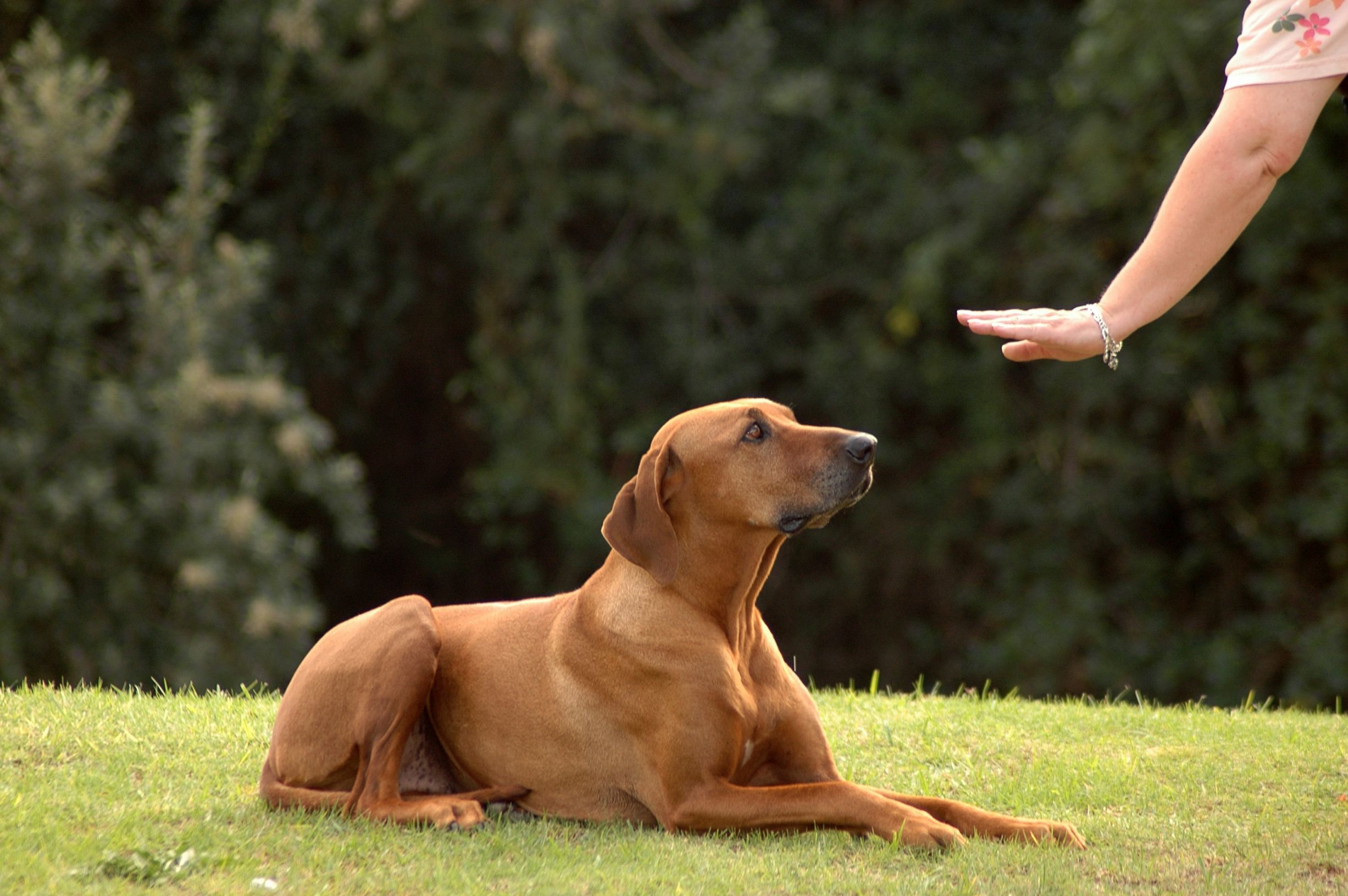The keys to canine dressage
If the dog does not understand our language, he is able to know whether he has done right or wrong. Learning techniques allow you to train your dog simply in sweetness and play and to experience pride and happiness in living with him on a daily basis.

No dog is born educated. All of them naturally follow their instinct. Your dog is certainly adorable but often does it to his head? Dressing up a dog with a certain character is far from being any rest. In order for learning and mutual understanding to take place in good conditions and bear fruit, some training rules must be taken into account.
The keys to dressage
BE PATIENT
Always keep in mind that the keys to dressage are patience and repetition. Understanding and assimilating orders can take time. The dog does not understand human language and associating a specific word with an action can not be done overnight. Losing patience and discouraging you is useless, because the dog will feel it and you risk losing control of the situation quickly. The right attitude is to repeat the instructions and to congratulate the animal as soon as it has realized something good.REWARDING THE DOG
If the dog does not understand human language instantly, he soon registers the affection you show him. A dog always tries to please his master, do not be avaricious caresses as soon as he has understood or succeeded an action. You can also offer him a treat and make him understand that he managed to please you. He will try to reproduce the action that satisfied you.The clicker training
ORIGINS OF THE METHOD
Among the keys to dressage are clicker training, a playful training method based on pleasure and confidence. It was developed by Karen Pryor, an American writer specializing in the psychology of animal behavior and marine mammals. This method of canine education tends to spread in France and attracts more and more professional canine educators and masters with a close interest in animal behavior. We do not really talk about a method but rather a philosophy of training, also used for certain wild and marine animals.WHAT IS A CLICKER?
The clicker is a small plastic case of about 7 cm containing a metal plate. When pressed with the thumb, this plate emits a "click". It is therefore a so-called "positive education" method which does not call for submission and physical force but rather for the repetition of positive behavior.WHAT IS THE METHOD? THE CLICKER, AN INDICATOR
The dog, unlike the human needs immediate indicators to understand what you expect of it. According to the principle of conditioning, clicking means to the dog that it has gained a reward. It is the promise of a treat that he is about to get. The click is therefore considered an indicator of an imminent reward indicating to the dog that he understood the order and acted accordingly. The clicker is therefore always associated with a reward which can be a caress, a treat, a congratulation, a game of play ... to be determined by the master. The tidbit is often what the dog prefers. Does your dog properly obey the order? Click to mark a good behavior and then reward. The dog will quickly make the link between the click and the reward, which will speed up the learning speed. He will thus assimilate and learn new orders and behaviors with incredible speed. Once the new behaviors are acquired in the mind of the animal, the clicker can be dropped.
Friendly Education
On arrive à tout par la douceur. Contrairement à ce que l'on pourrait penser, l'attitude positive du maître compte beaucoup pour l'animal qui est en mesure de ressentir toutes les colères et frustrations de son propriétaire. Félicitez votre chien, soyez de bonne humeur, montrez votre confiance en lui et encouragez-le sans cesse.PLAY WITH HIS DOG, HAVE TIME WITH HIM
The keys to dressage consist in short training sessions of a few minutes, spaced out during the day by putting into practice (apart from dressage sessions) in the form of play, during walks, visits to friends , During meals ... Dressage should not be perceived as a chore but rather as a play activity that you will propose at any time.
Dr Elisabeth Tané, vétérinaire.